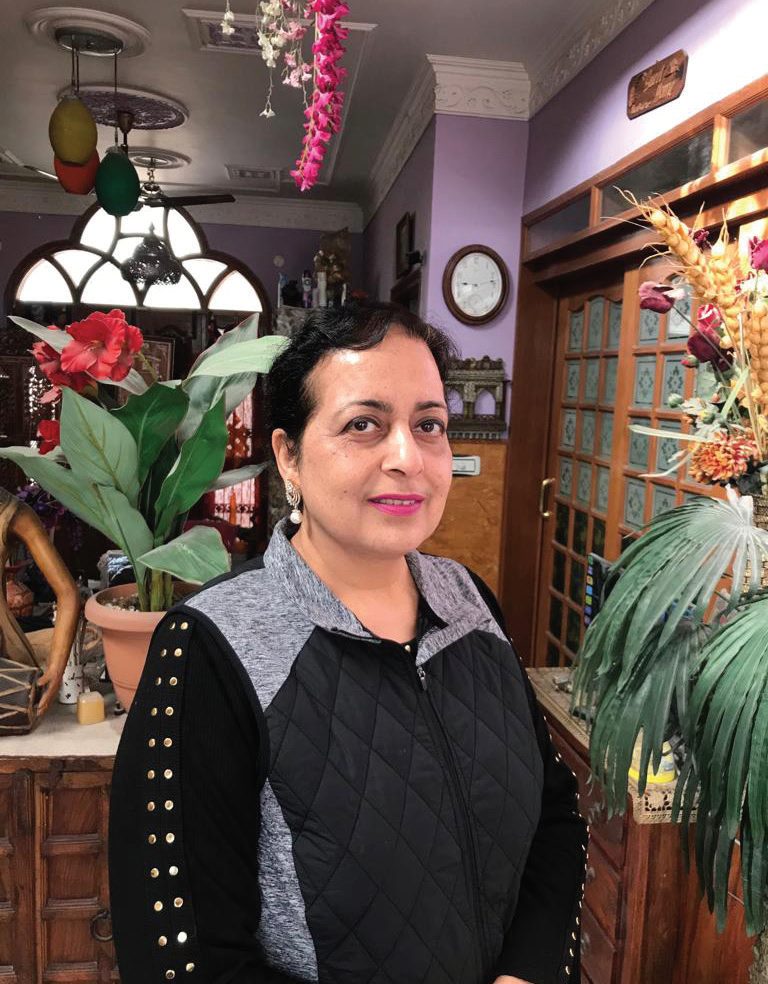Saving The Girl Child

Dr Harshinder Kaur has been working tirelessly for 25 years to stop female foeticide in her home state of Punjab
I felt that the dogs were tearing me apart,” says Dr Harshinder Kaur, recounting how she could only watch helplessly, as a pack of dogs attacked a newborn, abandoned by her mother for being a girl. The mother, having already borne three girls, was threatened by her husband that if the next was a girl, she would be thrown out of their home. “I am the fourth daughter in my family,” says the woman who was not content to merely stand and watch. After that one gory incident 25 years ago, Dr Kaur was jolted into action, vowing to end female foeticide in Punjab, her home state. She was able to increase the sex ratio of a village from 83 to 103 girls for every 100 boys, after which even the UN sought her insight on the issue.

Born into a family of intellectuals, Dr Kaur took after her maternal uncle, a pioneering eye surgeon, in turning to medicine. As a practicing paediatrician, she was at a medical camp in a remote village when the incident happened. Since then, there has been no turning back. Her first talk was held at the very same village in which she witnessed the incident. The curse of female foeticide and infanticide has plagued Punjab and the rest of India for quite some time now. Even among the well-off, educated sections of society, the girl child is often considered a burden. In villages, the blame rests on the mother if she gives birth to a baby girl. “Dowry is one of the prime motivators for gender discrimination.
“DOWRY IS ONE OF THE PRIME MOTIVATORS FOR GENDER DISCRIMINATION. OTHER PROMINENT REASONS ARE CRIMES AGAINST WOMEN, GENDER VIOLENCE, DOMESTIC ABUSE AND THE NEED TO CARRY THE FAMILY NAME FORWARD THROUGH THE SON.”
Dr Harshinder Kaur, Crusader agianst female foeticide
Other prominent reasons are crimes against women, gender violence, domestic abuse and the need to carry the family name forward through the son,” states Dr Kaur. The development of ultrasound technology has made it easy to get rid of the girls, which led to the government ban on revealing the gender of the child. However, this doesn’t tackle the issue of changing the mind-set of the people.
Dr Kaur’s approach deals with the issue at the grassroots. Her first goal was to make the villagers understand that the mother had nothing to do with the sex of the child. “I used a novel technique using coloured threads to make the rural people understand the importance of X and Y chromosomes in deciding the sex of the child. I sit with the village folk in their homes, on the floor and share their food to develop an empathetic relationship with them. The male members of the household used to listen attentively to me while the reluctant womenfolk were tackled by my husband,” she says. When a Dutch TV channel made a documentary on Dr Kaur, they aptly named it The Lady with Threads, after her creative technique.
On a visit to Canada, Dr Kaur was surprised to find a photo of herself in a Sikh’s home. When asked, he narrated how reading an article by her changed his mind right before his wife underwent an abortion. They named their daughter Harshinder after the doctor. This is just one among many such stories of Dr Kaur’s influence. “I have the good fortune of having a very supportive husband who shares my zeal for working for female emancipation,” says a thankful Dr Kaur. From writing over 40 books to establishing the Dr Harsh Charitable Trust, she has a number of accolades in her name. Dr Kaur continues to work tirelessly to ensure a better future for thousands of girls in Punjab and the whole of India.
Back to A Nation of Change Makers
















